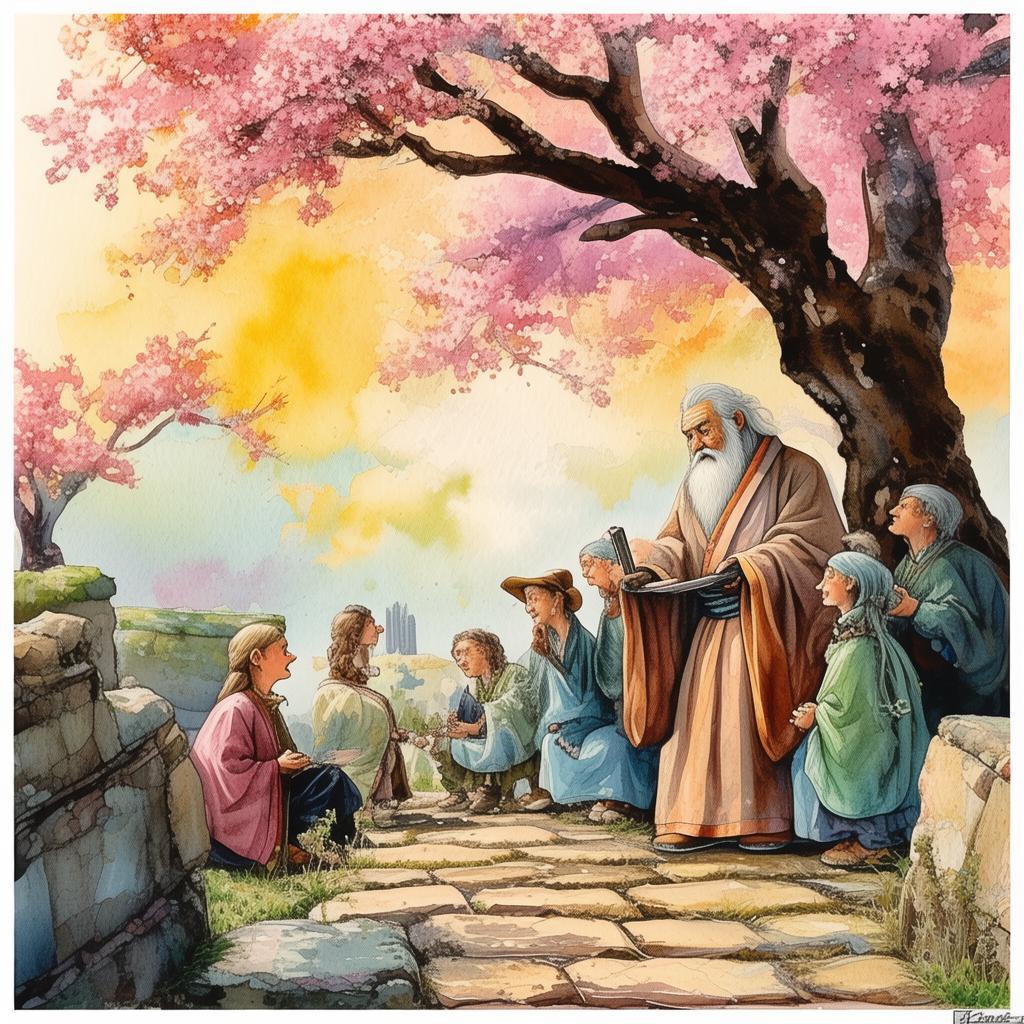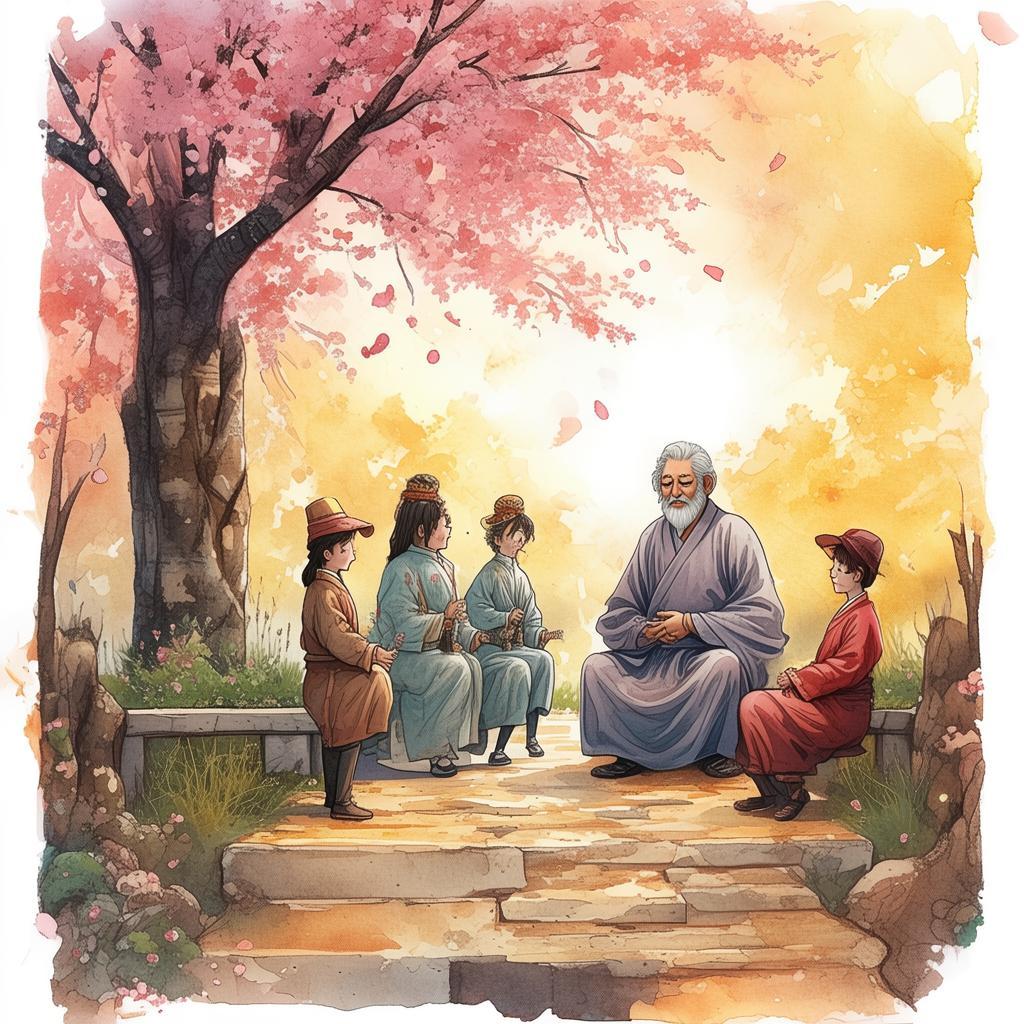The Paradox of the Golden Key
In the bustling city of Jingzhou, there lived a young salesman named Ming. He was known for his sharp wit and relentless determination. Ming had a knack for selling, but he was never satisfied with his earnings. He dreamt of a life where wealth was not just a means to an end but a symbol of his success.
One day, as Ming was walking through the market, he stumbled upon an old, weathered sign that read, "The Riddle of Riches." Curiosity piqued, he approached the sign and saw a small, golden key hanging from a string. The key was adorned with intricate carvings, and it seemed to glow faintly in the sunlight.

Ming picked up the key and examined it closely. On the back of the key, there was an ancient script that read, "To unlock the treasure of wealth, turn not to gold, but to wisdom." Intrigued by the riddle, he decided to seek out the person who had left the sign.
After a day of searching, Ming found an old sage who lived on the outskirts of the city. The sage listened intently as Ming recounted his discovery. "The key is a symbol of wealth," the sage said, "but its true power lies in the riddle it holds."
The sage continued, "To unlock the treasure of wealth, one must first understand that true riches are not measured in gold or silver. They are measured in the wisdom to use one's wealth wisely. Wealth without wisdom is like a lamp without oil—it shines brightly but serves no purpose."
Ming, still unsure of the sage's wisdom, asked, "But how can one achieve true wealth without the key?"
The sage smiled and replied, "The key is not a physical object but a metaphor for the journey to wisdom. To unlock the treasure of wealth, one must embark on a journey of self-discovery and enlightenment."
Determined to prove the sage wrong, Ming embarked on a quest to gather wealth. He traveled far and wide, selling goods, services, and even his own labor. With each new acquisition, Ming's wealth grew, but he felt no closer to the true treasure.
One day, Ming met a young woman named Ling, who was struggling to feed her family. Despite his growing wealth, Ming felt a pang of guilt. He decided to use some of his earnings to help Ling. He provided food, shelter, and even taught her how to read and write.
As time passed, Ming noticed that Ling's life improved dramatically. Her family was no longer in need, and she had gained confidence and self-worth. Ming realized that the true treasure was not in the accumulation of gold, but in the ability to improve the lives of others.
Returning to the sage, Ming confessed his realization. "I have gathered wealth, but I have not found the true treasure," he said. The sage nodded, "You have found it, Ming. The true treasure is the wisdom to use your wealth for the betterment of others."
Ming returned to the market, where he had found the golden key. He placed it back on the sign and wrote a new message: "The Riddle of Riches is solved. True wealth is found in the heart, not in the pocket."
From that day on, Ming used his wealth to help others. He founded a school, built homes for the poor, and supported local businesses. His life was no longer about accumulating wealth, but about spreading it.
The story of Ming and the golden key spread far and wide, becoming a legend in Jingzhou. It taught that the true measure of wealth is not in the gold one possesses, but in the wisdom to use it for the greater good.
And so, the paradox of the golden key remained a riddle for all to solve, a reminder that true riches are found in the heart, not in the hands.
✨ Original Statement ✨
All articles published on this website (including but not limited to text, images, videos, and other content) are original or authorized for reposting and are protected by relevant laws. Without the explicit written permission of this website, no individual or organization may copy, modify, repost, or use the content for commercial purposes.
If you need to quote or cooperate, please contact this site for authorization. We reserve the right to pursue legal responsibility for any unauthorized use.
Hereby declared.









